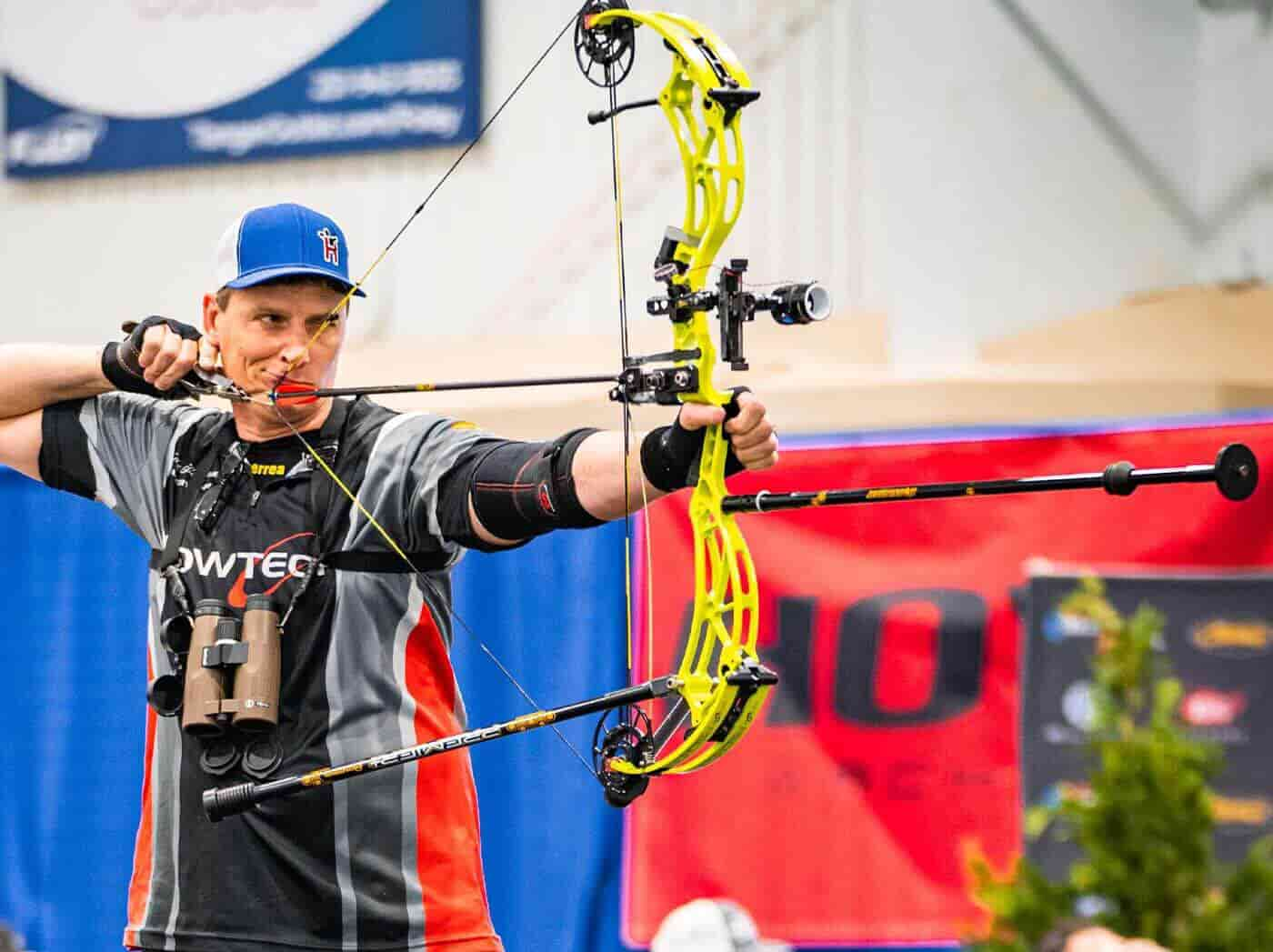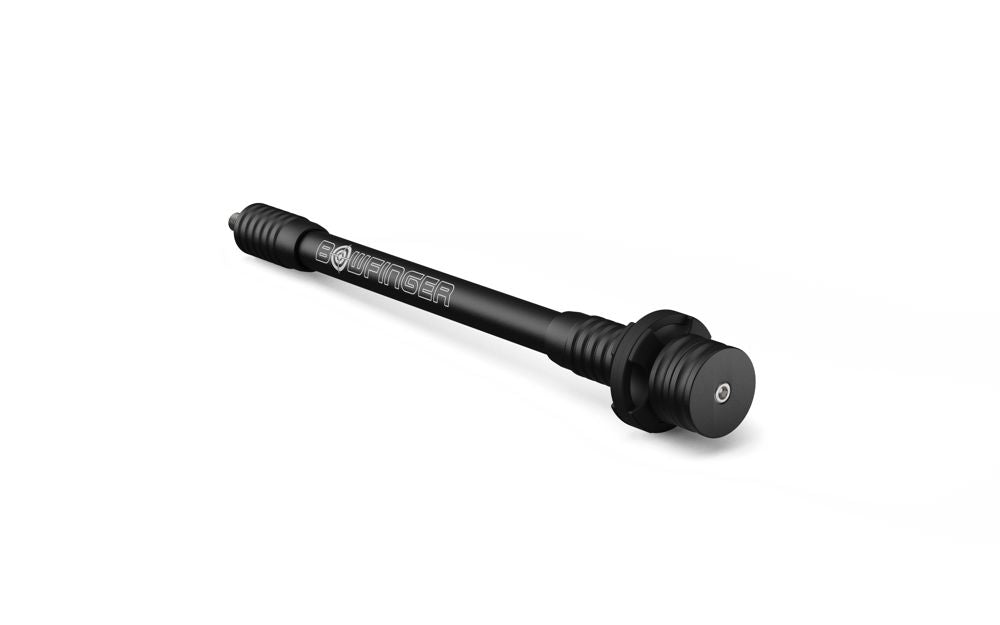Choosing the most effective Archery Stabilizer: Tips and Recommendations
Choosing the most effective Archery Stabilizer: Tips and Recommendations
Blog Article
The Ultimate Overview to Choosing the Right Archery Stabilizer for Enhanced Precision
Archery is a sport that requires accuracy and accuracy, and picking the appropriate tools is vital for attaining ideal results. Among the different devices available, an archery stabilizer plays a substantial role in improving precision. With so several choices on the market, it can be frustrating to establish which stabilizer is the right fit for your requirements. In this thorough guide, we will discover the crucial variables to consider when selecting an archery stabilizer for enhanced accuracy. From discovering the ideal length to recognizing the different designs and materials, we will delve into whatever you require to recognize to make a notified decision. Whether you are an experienced archer looking to upgrade your equipment or a novice looking for guidance, join us on this journey as we decipher the tricks to choosing the best archery stabilizer.
Size: Discovering the Optimal Stabilizer Size
Identifying the suitable stabilizer length is essential when choosing an archery stabilizer for optimum performance. The length of a stabilizer directly impacts the equilibrium, stability, and accuracy of the bow. A stabilizer that is too long can make the bow feel tough and top-heavy to control, while a stabilizer that is also brief may not provide enough security and dampening of vibrations. Discovering the ideal length requires thinking about aspects such as the archer's shooting design, bow weight, and individual preference.
A longer stabilizer, usually ranging from 8 to 12 inches, can give greater security and lower bow torque. This is particularly helpful for archers that fire with a high draw weight or those who tend to torque the bow during the shot. The included length assists to distribute the weight evenly and counterbalance any kind of torque or activity.
On the other hand, a much shorter stabilizer, usually in between 4 to 7 inches, offers much more ability to move and quicker action. It is favored by archers who fire with a lower draw weight or those who need even more mobility, such as seekers or 3D shooters. The much shorter length enables less complicated movement with tight areas and faster modifications.
Inevitably, the optimal stabilizer size refers personal choice and shooting design. It is recommended to trying out different sizes and observe the effects on security and accuracy. Consulting with skilled archers or experts can additionally supply valuable insights and suggestions.
Weight: Establishing the Appropriate Stabilizer Weight
After thinking about the optimum stabilizer length, the next important variable to consider when selecting an archery stabilizer is figuring out the proper stabilizer weight - archery stabilizer. The weight of the stabilizer plays an important function in improving precision and security during the shot
The weight of the stabilizer influences the equilibrium and control of the bow. A much heavier stabilizer can supply raised security and control, especially for shooters with a propensity for irregular shots or unstable hands. It helps to absorb the resonances and recoil generated by the bow, lowering torque and lessening the effect on the arrowhead's trip.
On the other hand, a lighter stabilizer enables a quicker and a lot more responsive bow. It can be useful for shooters that prioritize ability to move and speed over security. Lighter stabilizers likewise reduce exhaustion during lengthy shooting sessions or competitions.
To determine the ideal stabilizer weight for your requirements, it is very important to consider your capturing design, physical stamina, and bow setup. Try out different weights and observing the effect on your shooting performance is vital to discovering the excellent balance.
Inevitably, the optimal stabilizer weight will certainly vary for every individual archer. It is suggested to begin with a moderate weight and make modifications based upon personal preference and shooting outcomes. Bear in mind, the objective is to accomplish a controlled and secure shot, while additionally keeping comfort and convenience of use.
Products: Choosing the Right Materials for Sturdiness and Performance
When selecting an archery stabilizer, it is essential to meticulously consider the products made use of in its construction to make sure durability and optimize performance. The option of products can greatly impact the general top quality and performance of the stabilizer.
One of the most frequently made use of products for stabilizers is carbon fiber. Carbon fiber offers a high strength-to-weight ratio, making it lightweight yet extremely solid. This product Clicking Here reduces and absorbs vibrations bow torque, resulting in enhanced stability and accuracy. Additionally, carbon fiber stabilizers are resistant to temperature modifications and are less likely to warp or bend in time.
An additional preferred product for stabilizers is light weight aluminum. Aluminum stabilizers likewise provide a wide array of personalization choices, allowing archers to readjust the weight and length to fit their choices.
Some stabilizers are built utilizing a combination of products. For example, a stabilizer may have a carbon fiber core covered in an aluminum shell. This crossbreed style integrates the most effective top qualities of both materials, offering optimum stability, resilience, and efficiency.
Design: Recognizing the Different Stabilizer Layouts and Their Impacts
Taking into consideration the materials made use of in archery stabilizers, it is essential to now look into the different layouts of stabilizers and their particular results. The design of an archery stabilizer plays a critical function in boosting accuracy and minimizing resonance during the shot. There are numerous different styles readily available on the market, each with its very own unique attributes.

One more prominent design is the side bar stabilizer. This layout includes attaching a brief rod to the side of the bow, alongside the main lengthy rod. Side bar stabilizers help in counteracting the weight of accessories, such as quivers or views, and provide added stability to the bow.
Some stabilizers feature flexible weights. These stabilizers allow archers to make improvements the balance and feeling of their bows by adding or removing weights. This feature is particularly valuable for archers that choose a specific weight circulation or want to trying out different arrangements.
Moreover, some stabilizers incorporate moistening technology to lessen vibration and noise. These stabilizers frequently have integrated dampeners or use products that absorb resonances, resulting in a smoother and quieter shot.

Accessories: Discovering Added Devices for Enhanced Stability
To even more improve security in archery, extra devices can be made use of. These accessories are created to function in combination with the archery stabilizer to give an also better degree of security and precision. One such device is the V-bar or the side stabilizer place. This device enables the add-on of a 2nd stabilizer, which aids to lower and stabilize the bow torque. By dispersing the weight equally on both sides of the bow, the V-bar aids to decrease any kind of undesirable motion throughout the shot.
An additional device that can improve security is a bow sling. A bow sling is a band that connects to the bow and allows the archer to keep a relaxed grasp on the bow take care of without the anxiety of dropping it (archery stabilizer). This loosened up grasp assists to decrease muscle tension and enables a much more constant and stable shot
Furthermore, a stabilizer weight system can be Clicking Here used to fine-tune see this site the equilibrium and stability of the bow. These weight systems generally contain little weights that can be added or gotten rid of from the stabilizer to change the balance factor of the bow. By discovering the optimal equilibrium point, archers can achieve a much more precise and secure shot.
Final Thought
In conclusion, picking the ideal archery stabilizer involves considering variables such as length, weight, products, style, and added accessories. The optimum stabilizer length and weight will rely on individual choices and shooting style. Selecting durable products is vital for long-lasting performance. Recognizing the different stabilizer layouts will assist boost accuracy. Discovering additional accessories can additionally improve stability during archery capturing.
Figuring out the ideal stabilizer length is critical when selecting an archery stabilizer for ideal efficiency. A stabilizer that is too long can make the bow feel top-heavy and difficult to manage, while a stabilizer that is too short might not provide sufficient security and dampening of resonances - archery stabilizer.Taking into account the materials utilized in archery stabilizers, it is crucial to currently dive right into the various layouts of stabilizers and their corresponding results. Side bar stabilizers aid in counterbalancing the weight of accessories, such as sights or quivers, and offer extra security to the bow
These weight systems commonly consist of small weights that can be added or removed from the stabilizer to adjust the equilibrium factor of the bow.
Report this page